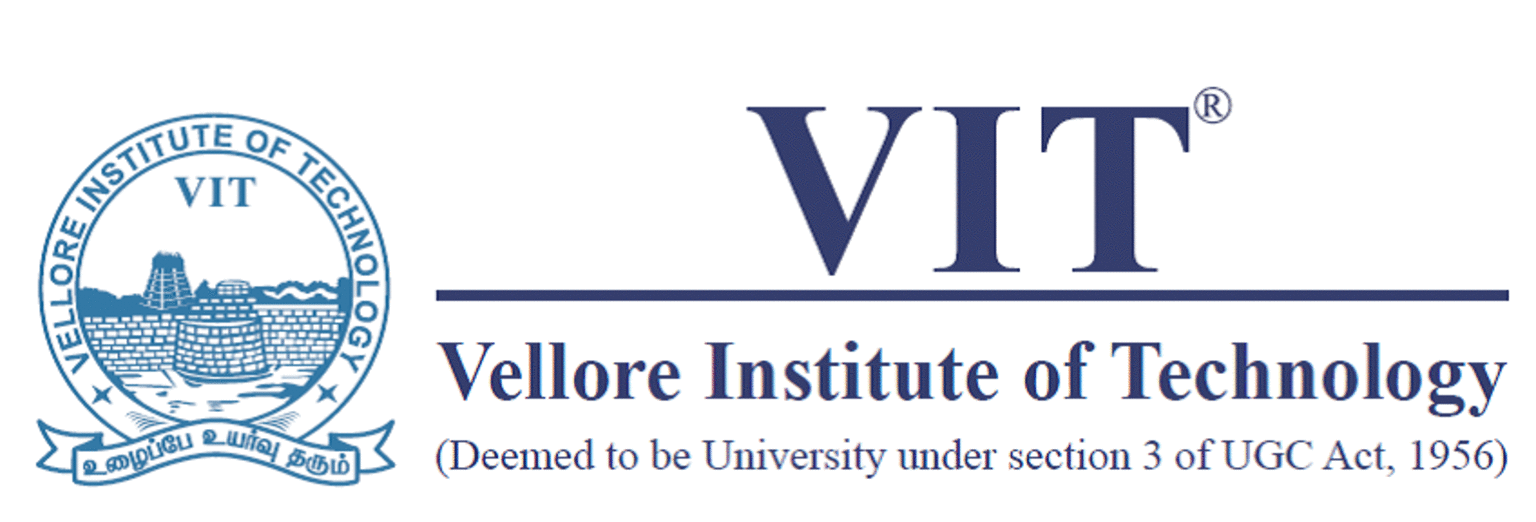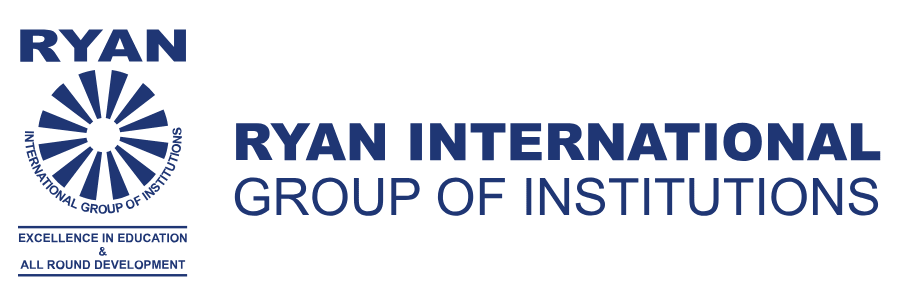Study

Master of Science, Data Science, RWTH Aachen, 2023
Grade: 2.7/5
Completed a Master of Science in Data Science, with specialization in Computer Science and Mathematics, from RWTH Aachen, Germany.
Featured Courses
Automatic Speech Recognition
Machine Learning
Modelling and Verification of Probabilistic Systems
High Dimensional Probability
Introduction to Data Science
Advanced Machine Learning
Algorithmic Foundations of Datascience
Seminar (Selected Topics in Agent Behaviour Modelling)
Reinforcement-Learning and Learning-Based Control
Concepts and Models of Parallel and Data-centric Programming
Thesis
Published Document
GitHub Code
Summary: The thesis looks at creating a depth occlusion map for long-distance images using machine learning and deep learning methods, in order to place virtual wind turbines in an augmented reality setup.

Bachelor of Technology, Computer Science and Engineering, VIT Vellore, 2018
Grade: 8.28/10
Learnt the basics of Computer Science along with courses in Programming, Digital Logic, Microprocessors, Embedded Systems, Computer Networks, Mobile Computing, Agent Based Intelligent Systems, Multivariable Calculus, Modern Physics, Differential And Difference Equations, Computer Architecture, Statistics and Probability, Linear Algebra, Algorithms, Image and Vision Computing, Cloud Computing, Soft Computing, Operating Systems, Data Warehousing and Data Mining, and Graph Theory.

High School Diploma, Physics-Chemistry-Mathematics, Ryan Internation School, Gurugram, 2014
Grade: 95/100
Learnt Physics, Mathematics, Chemistry, English and Computer Science at High School.
Work

Machine Learning Engineer, HLRS
Duration: August 2023 - Present
Working with ML Workflows for distributed HPC systems, optimization of code for parallel tasks, and researching into MLOps for HPC
Working on creating an ML Ecosystem that can seamlessly integrate cloud and HPC.
Experience Gained: Linux, Python, Machine Learning, Containerization, CI/CD, Git, MLOps, HPC

Student Assistant(Machine Learning Developer), Institut für Metallurgische Prozesstechnik und Metallrecycling, RWTH, Aachen
Duration: April 2022 - August 2023
Worked on building the database system for IME's Experimental setup, along with optimising their recycling processes with process mining and data science
Experience Gained: Python, Deep learning, UI, Database Design, Machine Learning, Docker, CI/CD, Git, MLOps

Student Assistant(Machine Learning Developer), Center for Wind Power Drives, RWTH, Aachen
Duration: August 2021 - March 2022
Worked on building a machine-learning solution and overall data warehousing system for the project V6 Load which looks at indirectly estimating the distributed load on a wind turbine by analysing the different data points available on the chassis.
Experience Gained: Python, Time-Series Data Science, Machine Learning, System Design, Databse Design

Technology Consultant, PricewaterhouseCoopers, Bangalore
Duration: July 2018 - September 2020
Worked on SAP ABAP development on SAP S4/HANA system involving Machine Learning and Artificial Intelligence based solutions using SAP Leonardo as well that also include Blockchain, IoT and Data Analytics.
Experience Gained: SAP, ABAP, Database Design, Consulting, Soft Skills

Undergraduate Student Researcher, VIT, Vellore
Duration: September 2017 - May 2018
Worked on Deep Learning applications in Computer Vision which involved Deep Neural Network based architectures for image classification, Generative Adversarial Networks and Capsule Networks.
Experience Gained: Python, Deep Learning, Computer Vision, Machine Learning, Data Science

Software Engineering Intern, Hughes Systique Corporation, Gurugram
Duration: May 2016 - July 2016
Designed and developed an interface software for various testing frameworks which allows for configuration file creation and custom testing.
Experience Gained: Java, UI
Skills
Programming Languages
Compiled Languages
- C/C++ | Intermediate
- C# | Beginner
- Java | Intermediate
- Dart | Beginner
Scripted Languages
- Python | Advanced
- Bash | Advanced
- R | Beginner
- JavaScript| Beginner
Database Languages
- SQL | Intermediate
- ABAP | Intermediate
Markup Languages
- XML | Intermediate
- HTML | Intermediate
- LaTex | Intermediate
Scientific Languages
Python Libraries
Mathematics
- numpy
- scipy
- statsmodels
- scipy
Data Science
- pandas
- matplotlib
- seaborn
- dask
- ray
- sqlalchemy
- psycopg2
- hdfs
Machine Learning
- keras
- pytorch
- tensorflow
- scikit-learn
- bentoML
- mlflow
UI Libraries
Databases
- PostGreSQL
- MySQL
- SAP
- MariaDB
Tools
- SAP
- Synology DSM
- MS Office
- GNU Octave
- Git
- PowerBI
- Docker
Operating Systems
Concepts
- Computer Vision
- Data Analytics and Visualization
- Data Science
- Deep Learning
- Graph Learning
- Machine Learning
- Parallel Computing
- Reinforcement Learning
- Software Development
- Speech Recognition
- Statistics
- Stochastics
Languages
- English | Native
- Hindi | Native
- German | B1
Contact
Projects
2013
A basic hotel management system designed to help and keep a track record of incoming and outgoing customers in a hotel, including special usage for pool and other facilities, requirement for driving and other details.
2015
Smart Elevator System | C++
An elevator scheduling system designed to maximise efficiency and performance of elevators in a building. It uses simulations to instruct elevators to maximise people and minimise time.
2016
HSC UTAF Test Runner | Java
A UI based configuration control system designed to maintain and perform tasks on a tool for testing softwares and web applications. The GUI was JavaFX based while the internal code was Java based. This project was done under Hughes Systique Corporation, code unavaiable under NDA.
Object Detection System | Java
A basic object detection system that uses visual saliency as the major for of object abstraction in an image and identifies objects using contours and various other mechanisms.
A Basic python implementation of highway CNNs on the MNIST Hand Written dataset. Highway CNNs involve an information throughput to deeper layers, bypassing the shallower layers, which was inspired by the residual layers from ResNet.
2017
HHAR Recognition using DeepSense | Python
A project that takes haptic data from various sensors in a smartphone and uses DeepSense library algorithms to classify the person's current activity into walking, cycling or running. DeepSense is a deep learning framework that runs on mobile devices, and can be used for regression and classification tasks based on data coming from mobile sensors (e.g., motion sensors).
Decision Tree Builder | R
An R based decision tree builder that uses C4.5 algorithm and ID3 algorithm to create a decision tree on a binary dataset with maximum information gain. ID3 algorithm, stands for Iterative Dichotomiser 3, is a classification algorithm that follows a greedy approach of building a decision tree by selecting a best attribute that yields maximum Information Gain (IG) or minimum Entropy (H).
A python project based on the concept of Adversarial Attack concept that creates a deliberate misclassification in a Convolutional Neural Network classifier for a single image using Adversarial Learning. Adversarial machine learning, a technique that attempts to fool models with deceptive data, is a growing threat in the AI and machine learning research community.
A python implementation of the Generative Adversarial Network using TensorFlow and Numpy libraries for the CIFAR-10 dataset. It uses the Earth Mover's Distance to transform the distribution of the original dataset to the generated images using Adversarial Learning.
A Generative Adversarial Network implementation for the problem of Image Compression that uses a Shared layer GAN for compressing images using a combination of a Variational Autoencoder and a GAN with a RSNR of 50 and a compression ratio of 1.14.
2018
Worked on the implementation of Capsule Network by Dynamic Routing for the reconstruction and classification of data by using Capsule vector prediction and routing transformation that predicted the vector outcome of any given input dataset.
CapsNet: Generative Adversarial Network | Python
Designing an algorithm that involves the usage of matrix capsules as a method to create the discriminator for the GAN on handwritten digits with relatively good accuracy and better generation power.
2019
A python implementation of LSTM and GRU based models to classify MNIST Hand Written digits into corresponding classes. The training accuracy for both networks reached 1.00 after 10,000 training steps. The testing accuracy of the LSTM cell was 0.992 while that of the GRU cell was 1.00 on learning rate 0.001, batch size 128 and the number of hidden layers being 128 as well.
2021
A python project for the course "Introduction to Data Science" which involved basic data cleaning, analysis, prediction using various machin learning methods, and finally, predicting the amount of money that a person will recieve by taking into account various factors involving a flight.
2022
A python project for the course "Introduction to Data Science" which involved basic data cleaning, integration, analysis, transformation and visualzation using various methods, along with process mining and Hadoop implementations.
A python project to predict the AQI of New Delhi 24 hours in the future, using real-time weather API from OpeenWeather. The regression MSE loss was at 0.4 at the end, with highly accurate prediction of AQI within a range. The project also sent a notification to users on WhatsApp.
A python project that listens to music and classifies the genre of the song, using TensorFlow.
2023
A full-stack deployment on Render using Python with Flet and Sentence Transformer that looks up books based on vector similarity using Qdrant Vector Cloud DB.
A Python package to host a server that can perform sky-pixel segmentation using the Mean-Shift Clustering algorithm.
Papers
IGI Global · Jan 1, 2020
With the rise of neural network-based classifiers, it is evident that these algorithms are here to stay. Even though various algorithms have been developed, these classifiers still remain vulnerable to misclassification attacks. This article outlines a new noise layer attack based on adversarial learning and compares the proposed method to other such attacking methodologies like Fast Gradient Sign Method, Jacobian-Based Saliency Map Algorithm and DeepFool. This work deals with comparing these algorithms for the use case of single image classification and provides a detailed analysis of how each algorithm compares to each other.
MDPI, Electronics, Vol 12 · Jan 1, 2023
From the birth of Neural Networks, they have been usually trained individually on a particular data set, or have been trained in tandem with other networks which co-train these networks together without much interaction between the two networks. These networks contribute to developing great engineering feats but recent developments in Adversarial Training methodology has shown us that training two networks that compete against yield some better results. This paper aims to look at these results and how it came to be that Adversarial Training dominates the market for synthesis and generative networks.
Springer AISC · Jan 10, 2018
Most image compression algorithms rely on custom-built encoder–decoder pairs, and they lack flexibility and are differing to the data being compressed. In this paper, we have elaborated on the notion of generative compression by implementing various compression techniques using a generative adversarial network. We have also analysed the compression approaches that are implemented using deep learning. Our experiments are performed on the handwritten digits database and are yielding progressive results with both conditional and quantifiable benchmarks.
Springer CCIS · Dec 1, 2017
In recent trends, computer vision applications have seen massive implementation of supervised learning with convolutional neural networks. In this paper, we have analyzed image classifiers and their classification accuracy. Also, we have measured their robustness upon introduction to various noise layers. Furthermore, we have implemented a generative adversarial network for the generator task of adversarial noise generation and the discriminator task of single image classification on the handwritten digits database. Our experiments are yielding progressive results and we have performed conditional and quantifiable evaluation of the generated samples.
International Journal of Science and Research · Aug 31, 2017
Deep learning implementations have resulted in significant performance improvements in several application domains and as such several network architectures have been developed to facilitate their methods. This paper presents a comparative study of two architectures among those which are implemented for handwriting recognition, Highway CNN, and LeNet-5. The evaluation is performed on two separate machines for both CPU(Intel-i5 3250M) and a GPU(Nvidia GTX-1060). We compared them not only on the basis of their accuracy but also their training time, recognition time and their memory requirements. Our experiments demonstrate the advantage of global training and feature mapping on the MNIST dataset. .







